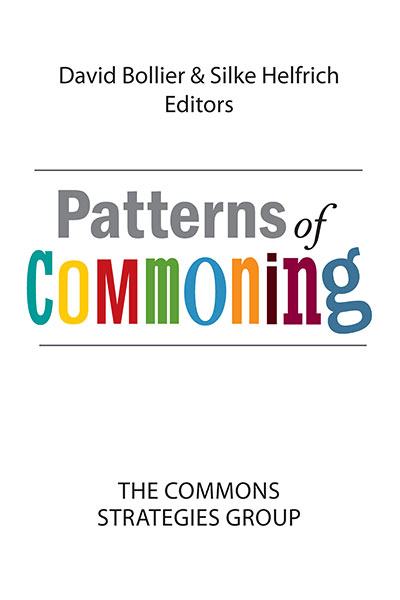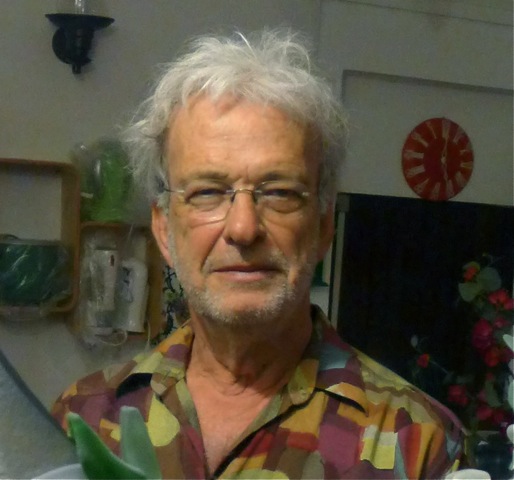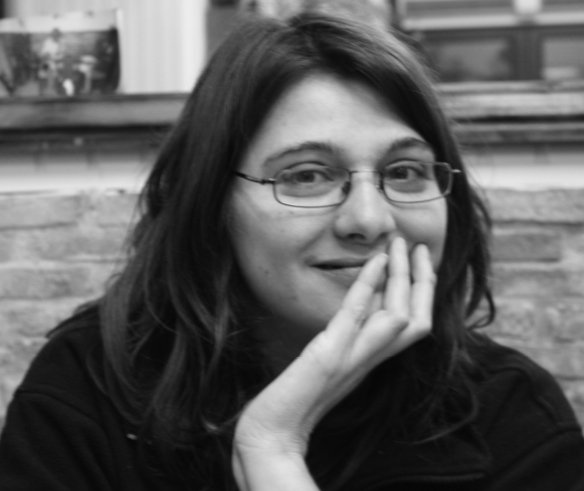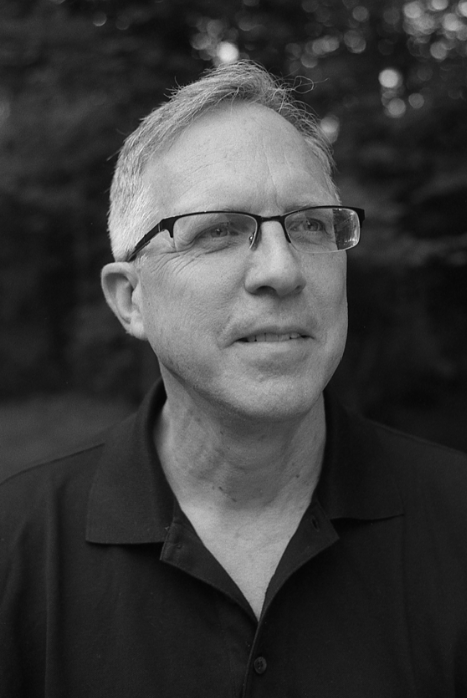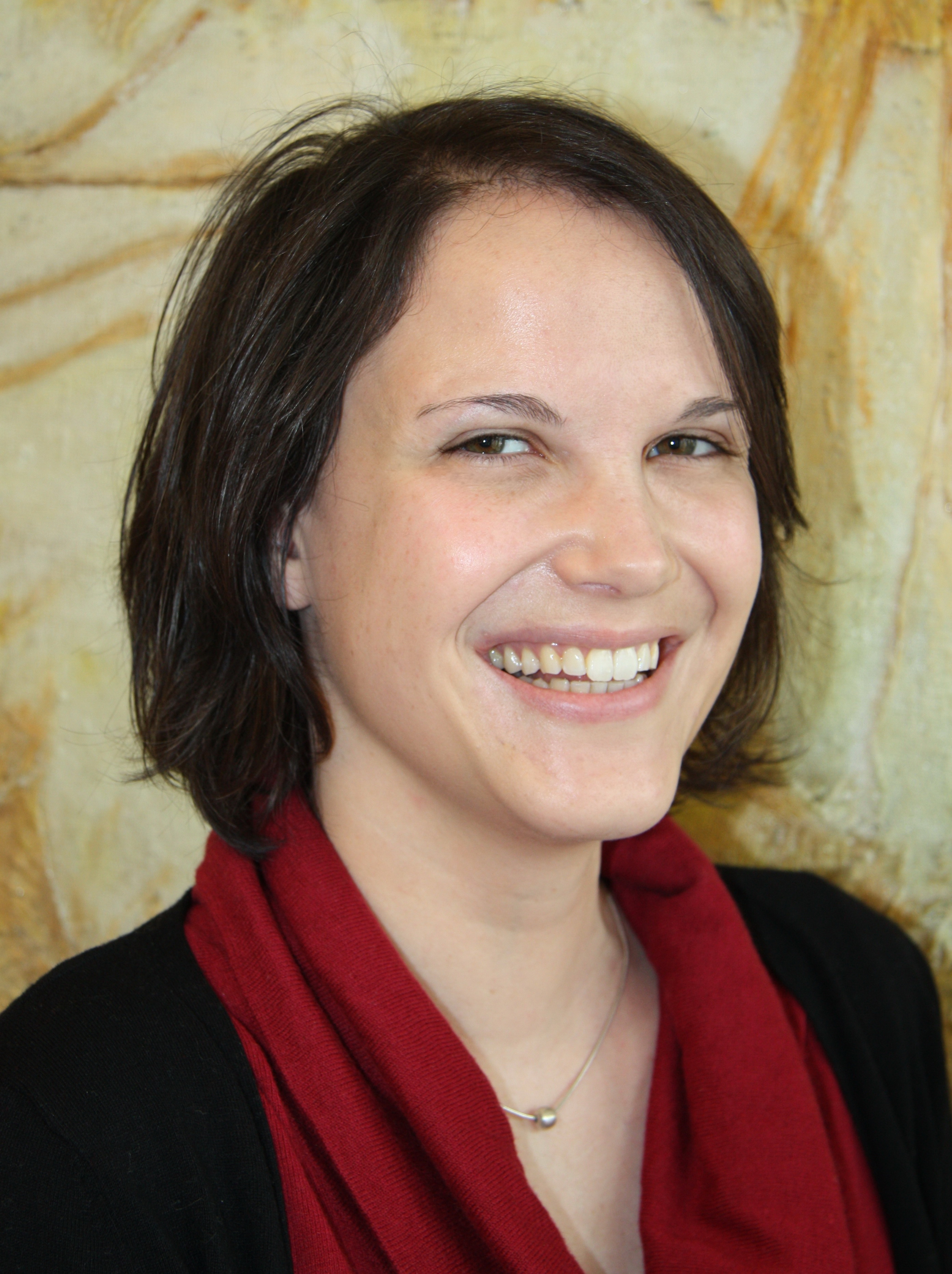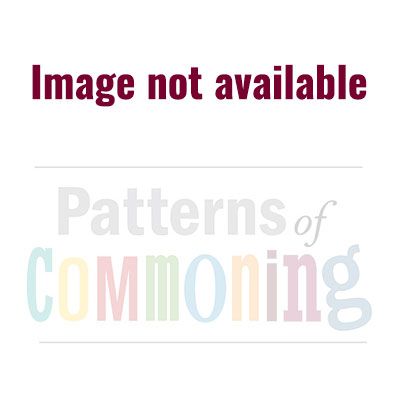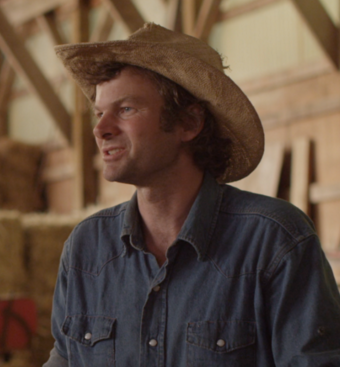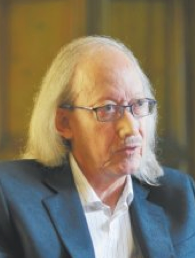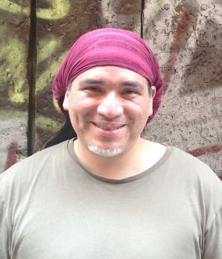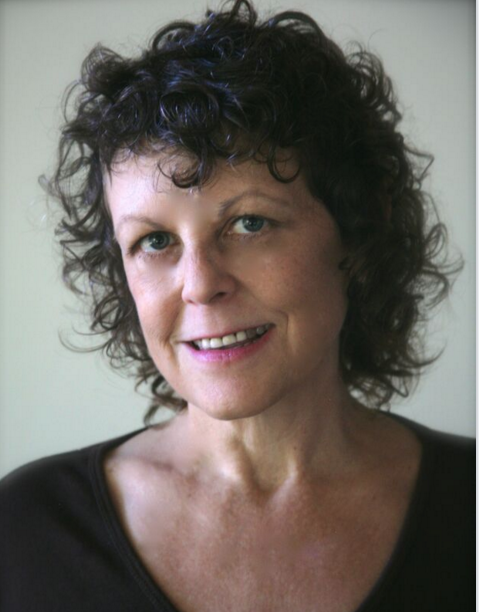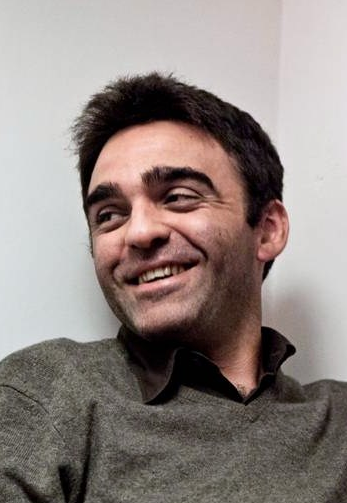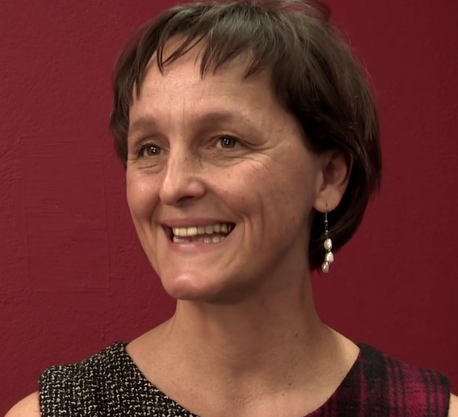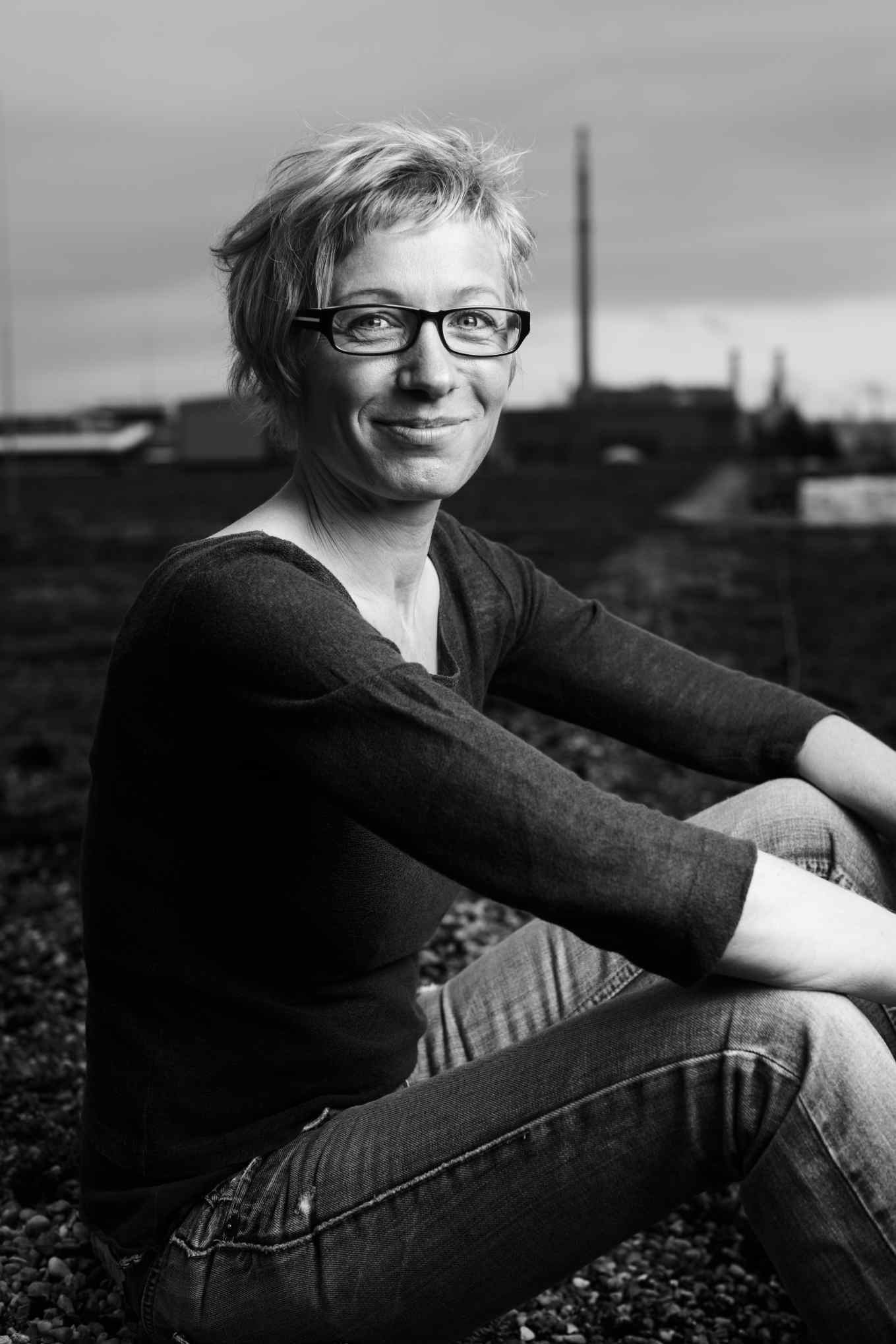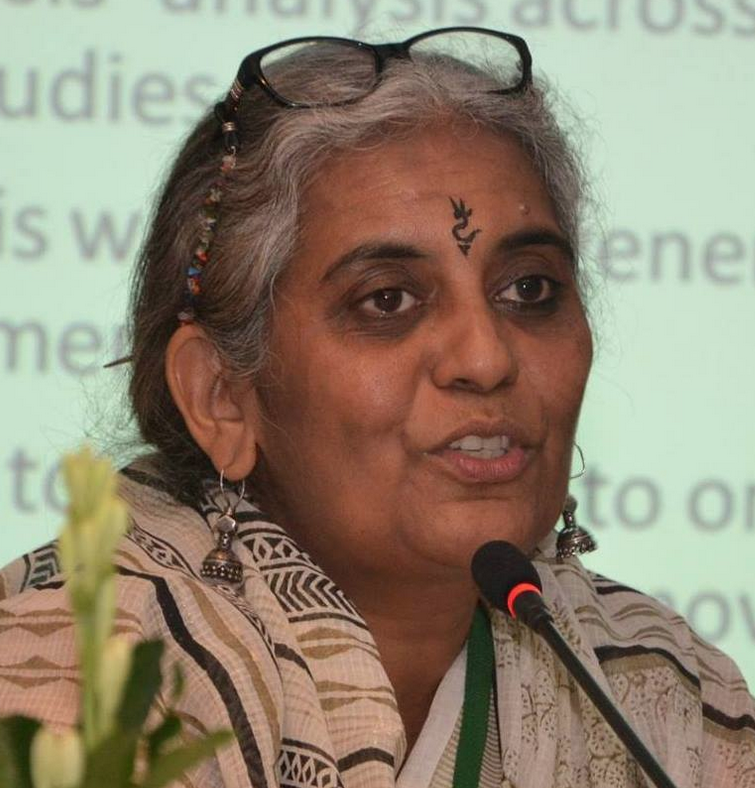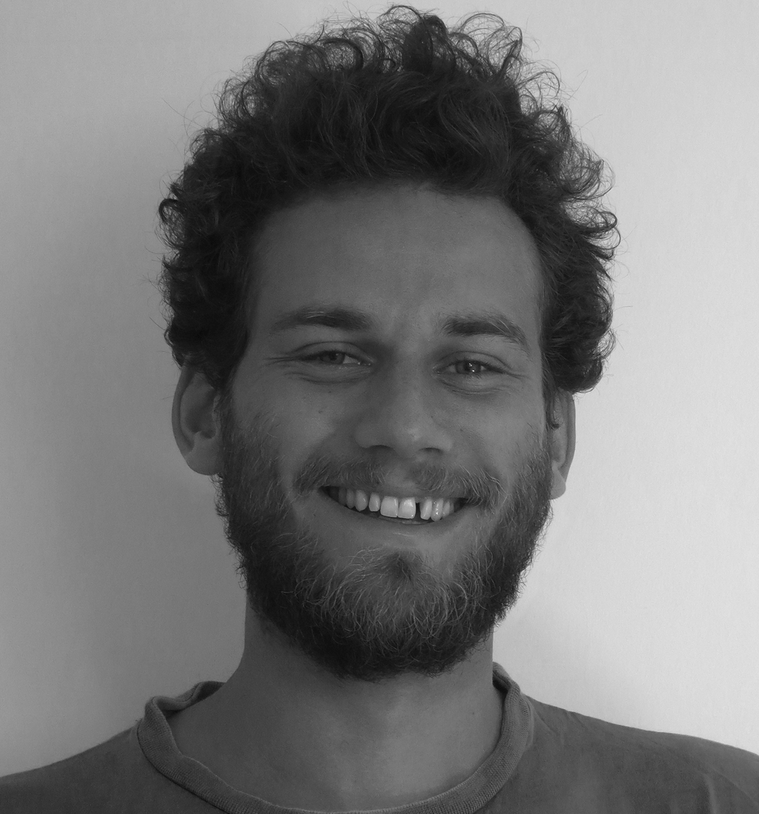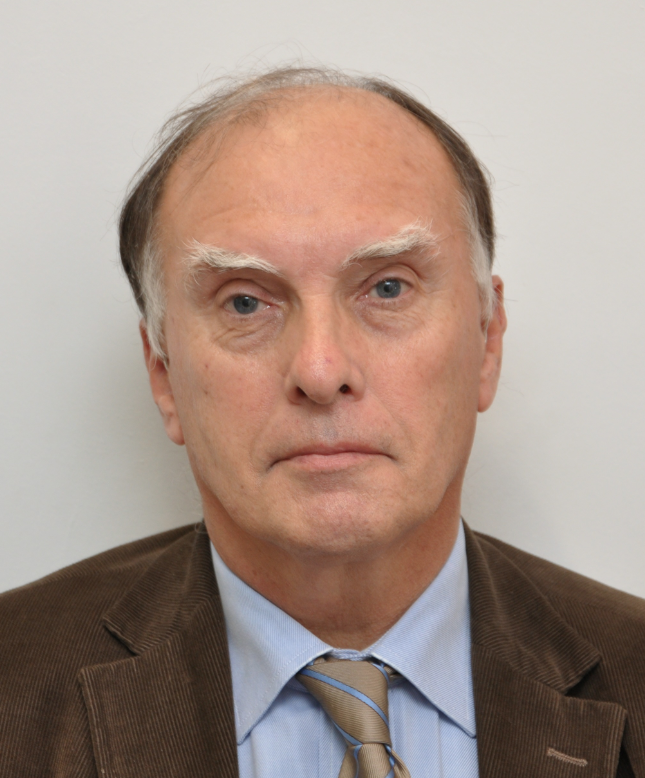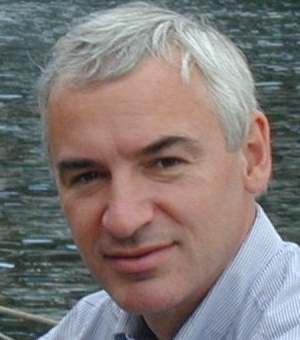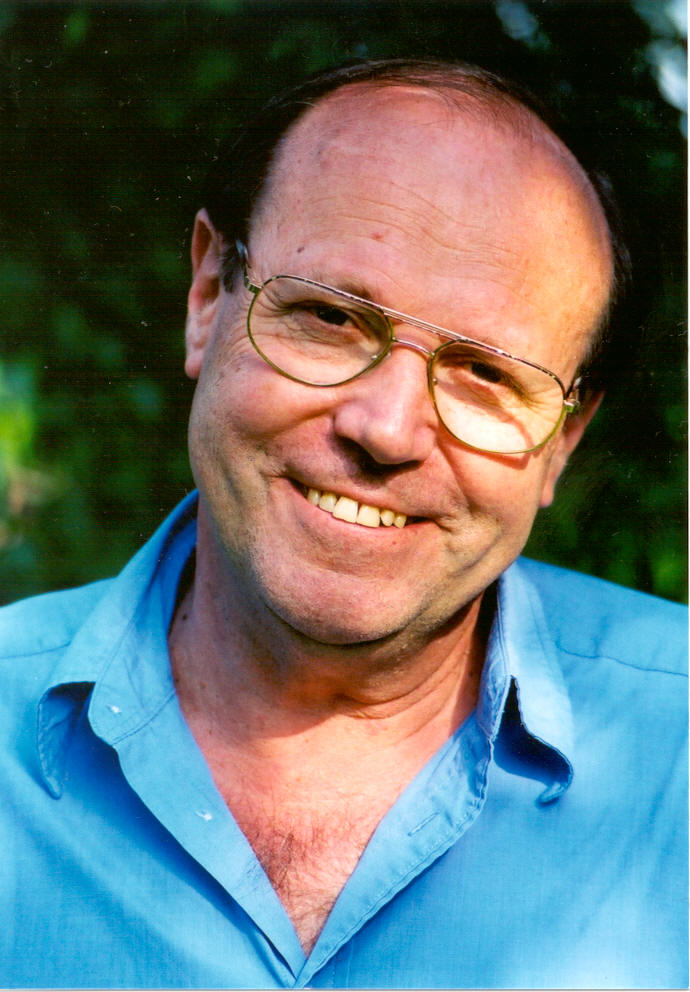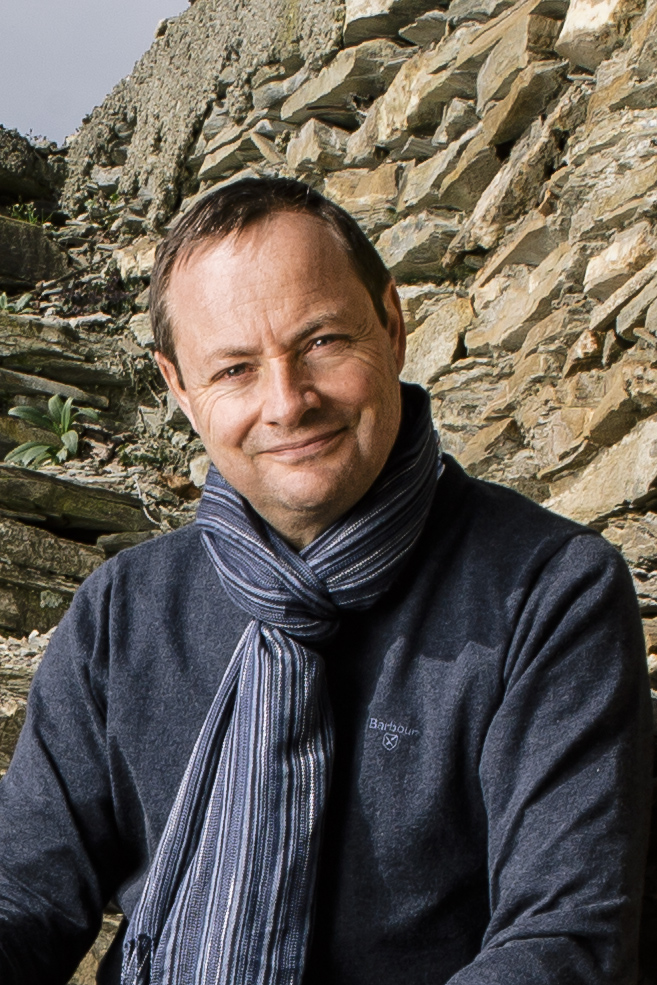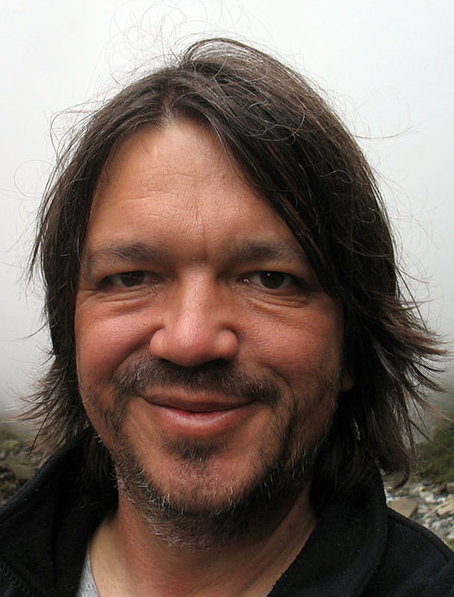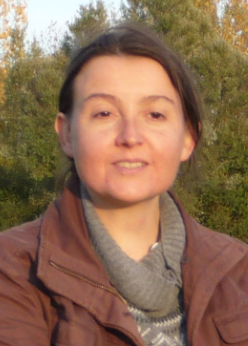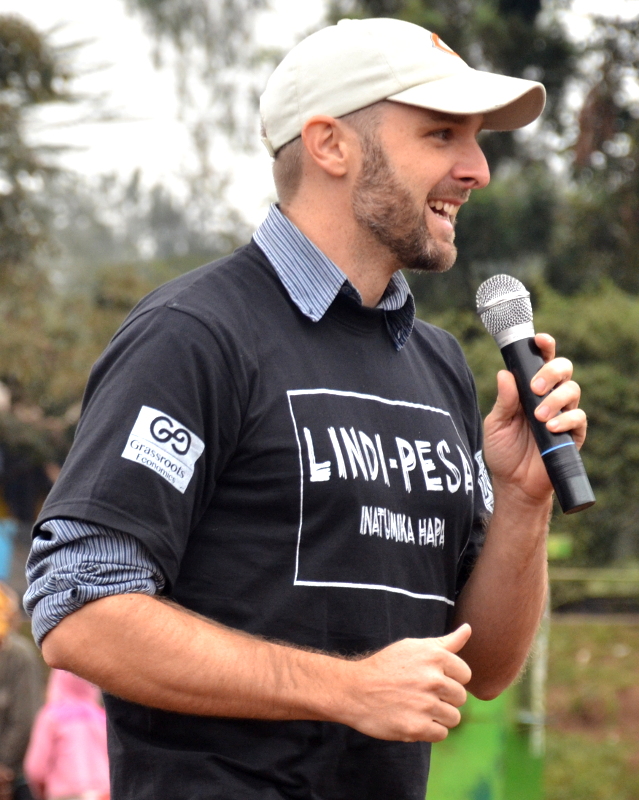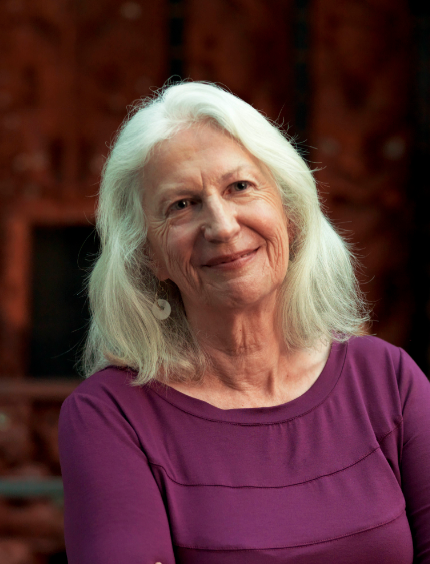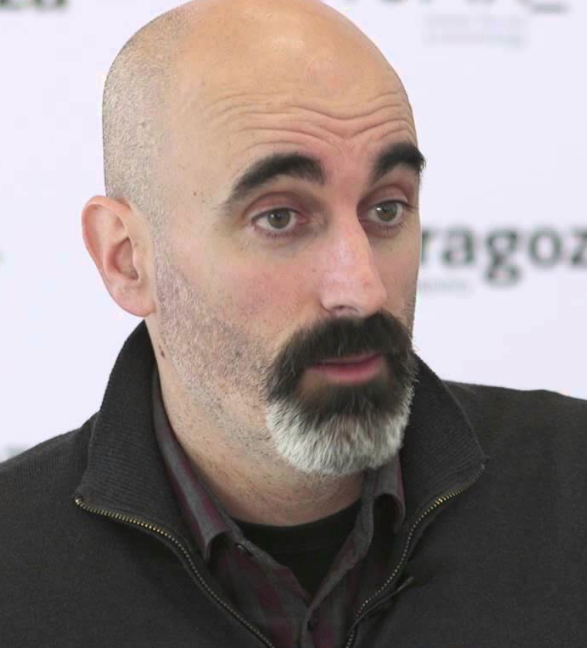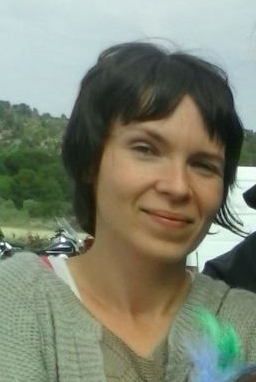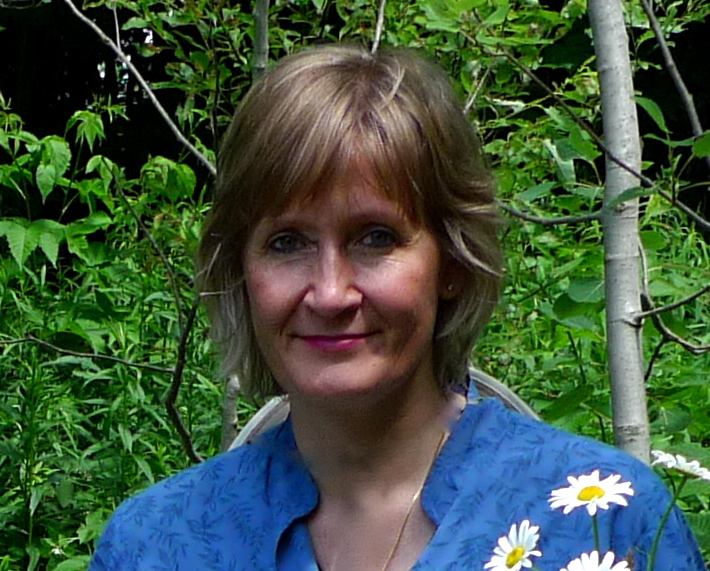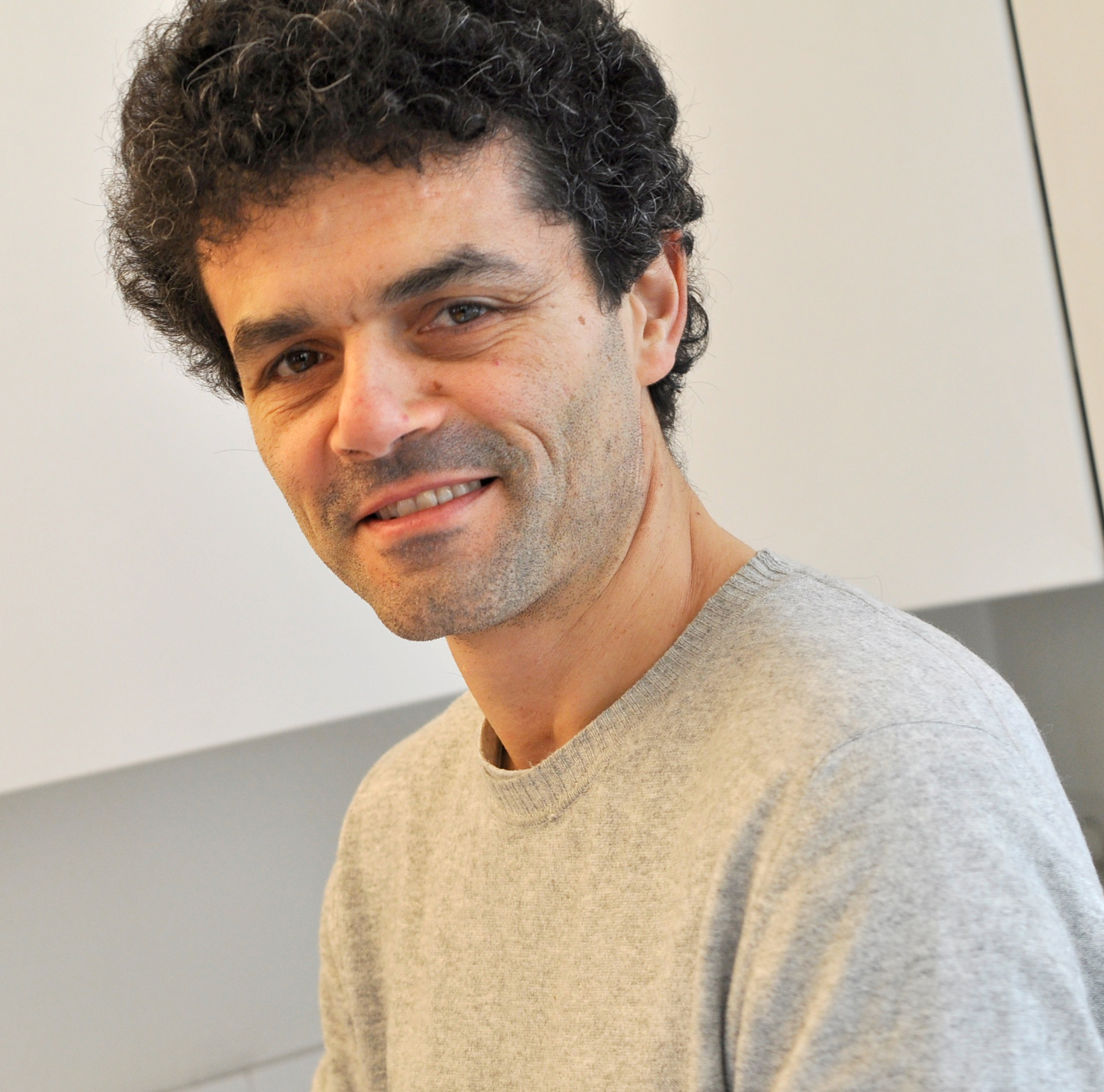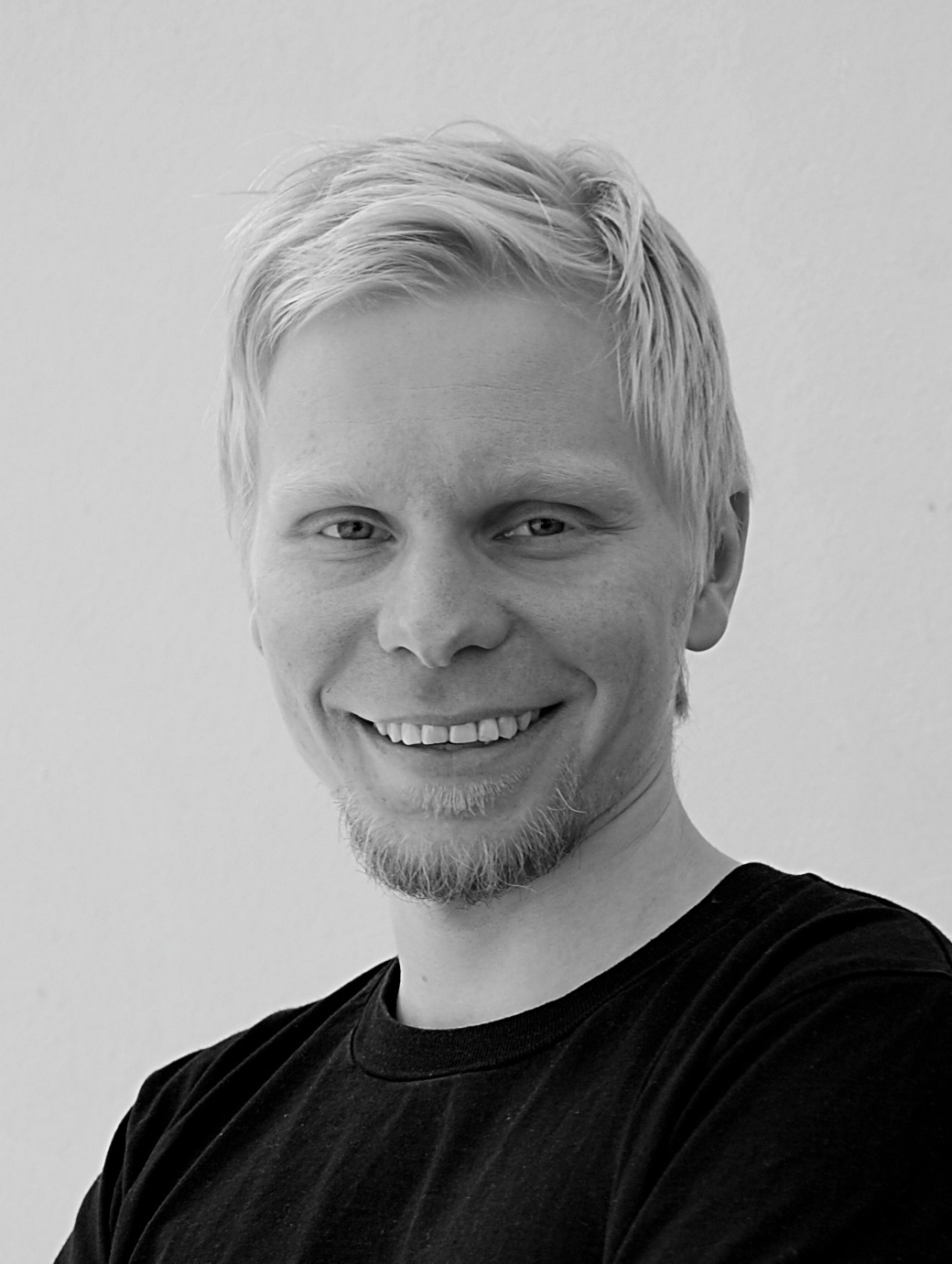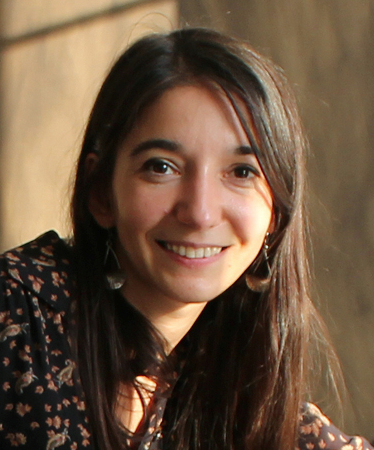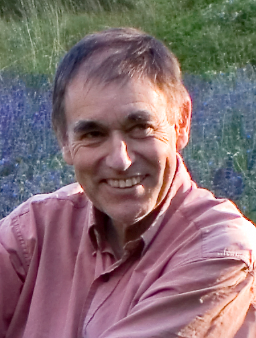Alain Ambrosi (Canada) is a designer and producer of intercultural projects, independent researcher, author, videographer and producer of the Remix The Commons Project.
Patterns of
COMMONING
Intermezzo I: Can Commoners Become Self-Aware of Their Collective Potential?
“At the end of the day, we are what we do to change who we are.”
–Eduardo Galeano
As the idea of patterns of commoning suggests, commons are not objects, but actions. In Part II, we would like to illustrate the many forms that commoning takes by examining more than fifty noteworthy commons throughout the world.
The actions that breathe life into commons require at least three insights of everyone involved. First, a recognition that commons do not belong to one person alone. They belong to a community of shared interest that spans past, present and future generations. In this sense, the conventional idea of “ownership” is a category error – an inappropriate frame of reference for understanding commons.
This leads to a second insight, the idea that a commons is all about the relationships among everyone involved. Those relationships cannot be linear, hierarchical or merely bureaucratic because in a commons the terms of human relationship require authentic social connection and care. They must be based on a basic equality of responsibility, entitlement and mutual respect while also recognizing the diversity and uniqueness of the community. This is not just a matter of moral or ethical preferences; it is a necessity for the operation of a stable, robust commons.
Third, a commons needs to affirmatively develop the systems – social, legal, technological – to protect the integrity of its commoning from entropy and hostile outside forces, especially corporate enclosure. This is a perennial struggle of any commons. However, self-protective measures have become extraordinarily important in a time when global capitalism is relentlessly exploiting “free” and unpriced resources as feedstock for its voracious market machine.
These are just a few of the preconditions from which a logic of the commons can emerge – a logic that stands in notable contrast to the logic of the market and its emphasis on absolute individual rights, impersonal exchange, short-term profit and constant economic growth. And yet commons, drawing upon different human capacities and working through different institutional forms, actually produce a great deal of value. We can see this in the forest commons of India and Romania, the Potato Park of Peru, the Helsinki Timebank and Cooperativa Integral Catalana. As these examples also show, commons do not only produce what we need, they shape who we become: our values, practices, relationships, commitments and very identity.
However, there is no such thing as a “pure” commons – for the simple reason that commons cannot be understood as abstract idealizations. They can only be understood in their actual, embedded social circumstances. It is no wonder that any search for a single definition of “the commons” will come up empty-handed! One must understand a commons in its particularity.
This is inescapable because the identity of a commons does not reside solely (or even primarily!) in the resource that is shared. Its character is defined by how we experience it subjectively and emotionally – and that will vary by the people, culture, geography and other conditions and circumstances. A commons resembles a morphological form that shapes both physical matter and social organization and culture. New things will emerge in this world as they are generated anew time and again. Slowly, commoners develop a self-awareness of their acts of commoning, stabilizing them through rules, rituals, traditions, language and ethics. Through the practice and experience of commoning, some very different forms of knowing arise or are preserved. They slowly take root and eventually change our patterns of thinking and our frames of reference. In this fashion, a commons can transport us into a different way of being.
That, truly, is why commons have such emancipatory potential. They can help incubate new ways of seeing, being and knowing. Such emergent sensibilities can help us escape ossified categories of dominant paradigms of thought, politics and economics. They can also help us nourish new foundations for thinking that can free us from the misleading dichotomies of contemporary life – subjective and objective, individual and collective, private and public, rational and irrational.
Despite the diversity of commons that we survey in Part II, one thing stands out: they all slip the mental shackles that contemporary capitalism seeks to impose. The dominant categories of private property, capital, money, profit and wage labor do not play a central role in any of them. These commons are animated by a different logic, a different repertoire of human motivations and emotions than the logic of maximizing individual gain at the expense of nature or other human beings. We are aware of the fact that the old, familiar categories of understanding will continue to be applied to these notable commons (they even emerge in some self-descriptions of commons), if only because we still live in societies forged by archaic categories and must act in a commons-unfriendly political and economic environment. But if you look closely, it is clear that each of the commons profiled in Part II ushers us into a transitional zone of possibilities; they point to a new framework of analysis and set of experiences. However, it will take time, research and dialogue for the contours of such a framework to become more evident and widely understood.
In working with the authors on their essays, we found it fascinating that so many of them thought that things we were interested in were not worth mentioning. To them, certain realities of their commons were self-evident; they simply took them for granted. For example: how decisions are made, how conflicts are dealt with or how the project relates to the state. On many occasions, we learned about these important features of daily commoning only through a process of discussing the authors’ drafts with them. It was not always possible to finish discussing our questions, let alone find adequate answers and present them in the space available. Still, we believe these essays provide a rich foundation for further inquiry and for commoners to “live the questions” as a fruitful way to find answers.
Some of the remarkable commons we present here do not even consciously consider themselves as such. Indigenous Ethiopians have been managing the Menz-Guassa grasslands for centuries – well before social scientists or activists applied the term to their relationship to the earth. Contributors to the Public Library of Science journals do not necessarily self-identify as commoners; nor do the participants of the Burning Man festival.
For this reason, one might agree with the authors of the recent Corner House Report: “The term ‘commons’ tends to be a term of political art and not of self-description.” (Lohmann/Hildyard, 2014:16) Tech-savvy initiatives in particular tend to focus on their experimental or technological components, or on their openness. See, for example, the profiles of the Public Library of Science journals, Arduino, Open Design, OpenCourseWare and Fab Lab St. Pauli. They do not necessarily recognize that their very processes of commoning point to a very different type of economic activity and way of living. That is one of the points of the profiles of commons in Part II: to help showcase some similarities of radically different commons and to foster a greater self-awareness of these social patterns.
Even though a common may be a small player in a cultural backwater (the idea of open mapping to help with humanitarian crises, for example), we can begin to see in Part II how virtually any commons begins to connect to a larger pattern. We see collaborative ways of creating pools of knowledge; the networking of like-minded commons with each other; the drive to take into one’s own hands the infrastructure needed to meet daily needs; and precautionary tactics to prevent enclosure of shared wealth and commoning. All commons also have a potent but latent political significance that should not be understated. Whether and how they will manifest remain an open question.
Yet commons flourish without regard to the political viewpoints or worldviews of participating commoners. That not only makes commons strong, it makes them far more than a political or ideological phenomenon. They are pockets of a highly distributed cultural future that is struggling to crystallize a new worldview and sensibility. Commons may appear to be islands, yet if we connect the dots among the dozens of commons profiled here, making invisible patterns more visible, we cannot help but agree with Norbert Rost’s insight, “Islands grow to form continents if we connect them intelligently.”1
–Silke Helfrich and David Bollier
Reference
Lohmann, Larry and Hildyard, Nicholas. 2014. “Energy, Work and Finance,” Corner House Report, March 31, 2014, available at https://www.thecornerhouse.org.uk/resource/energy-work-and-finance
Citations
